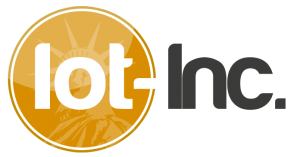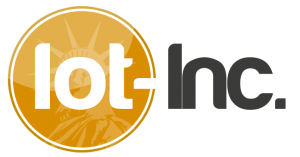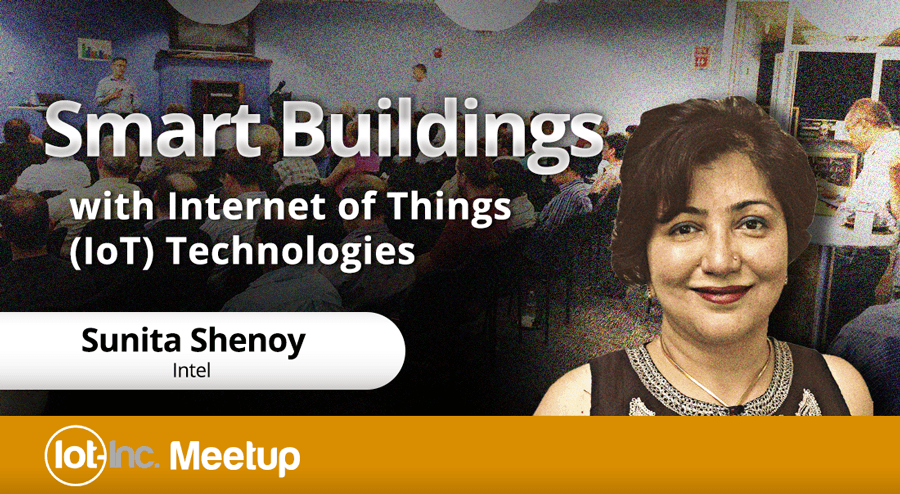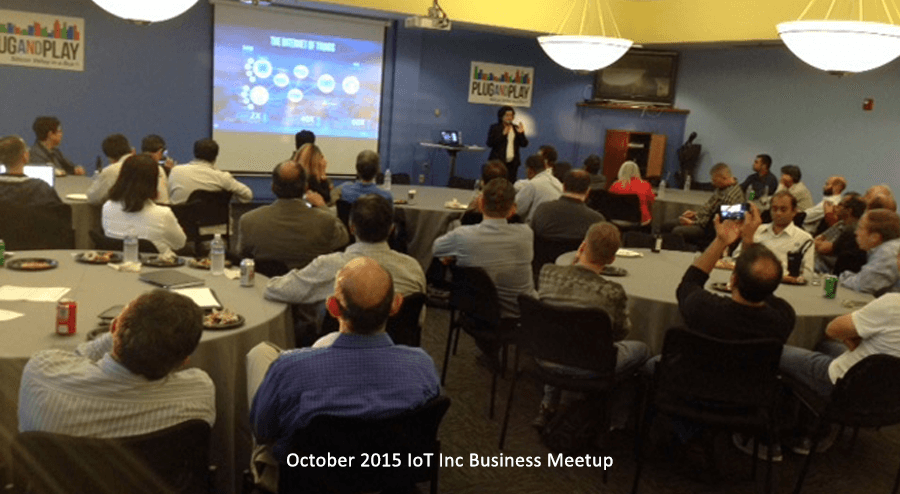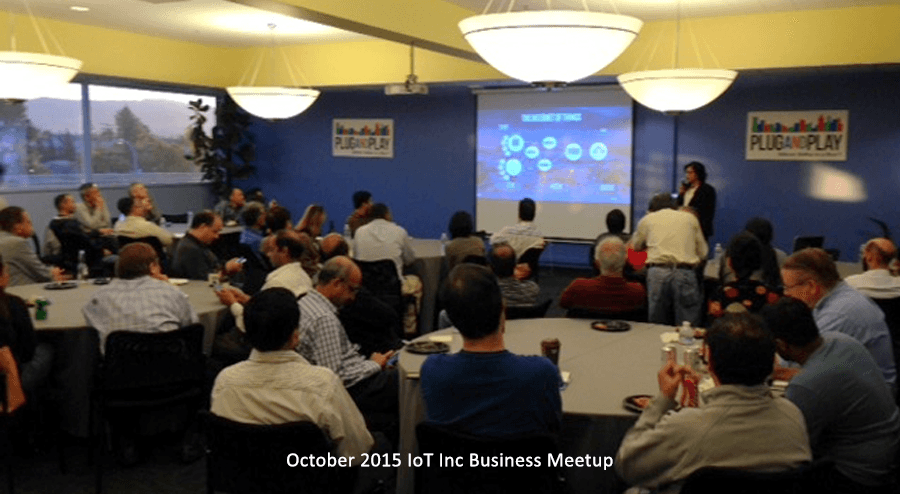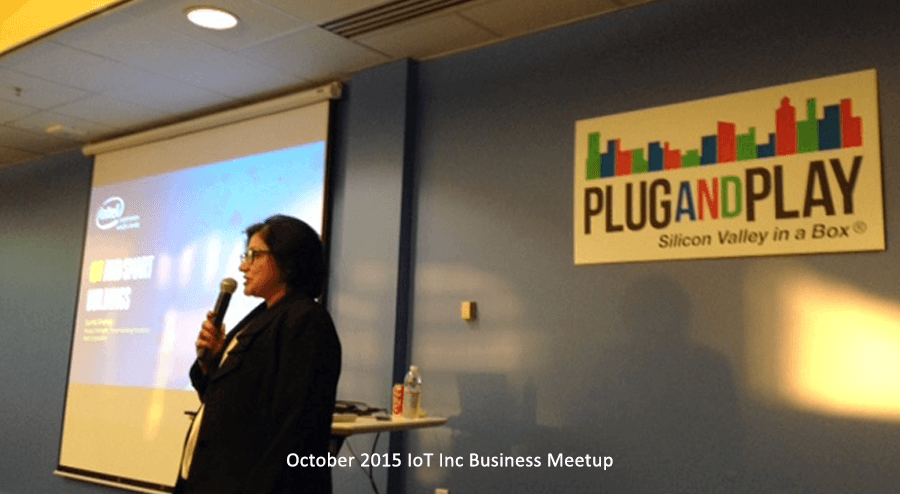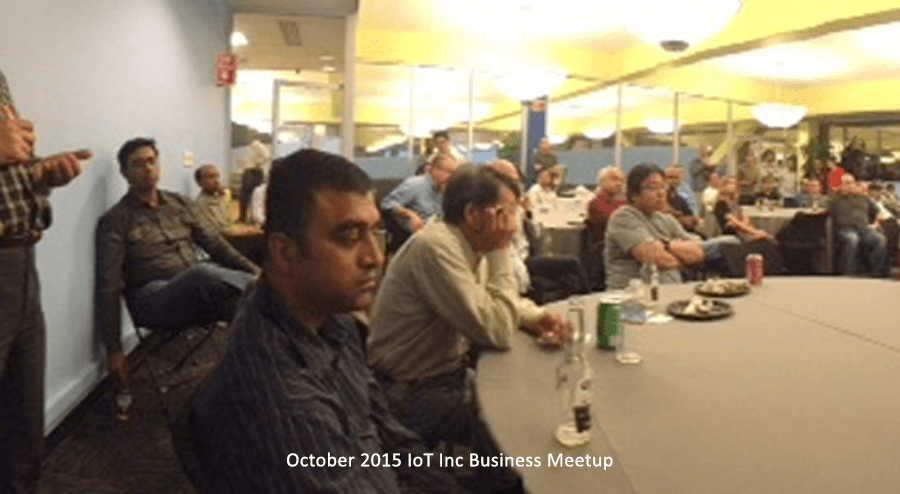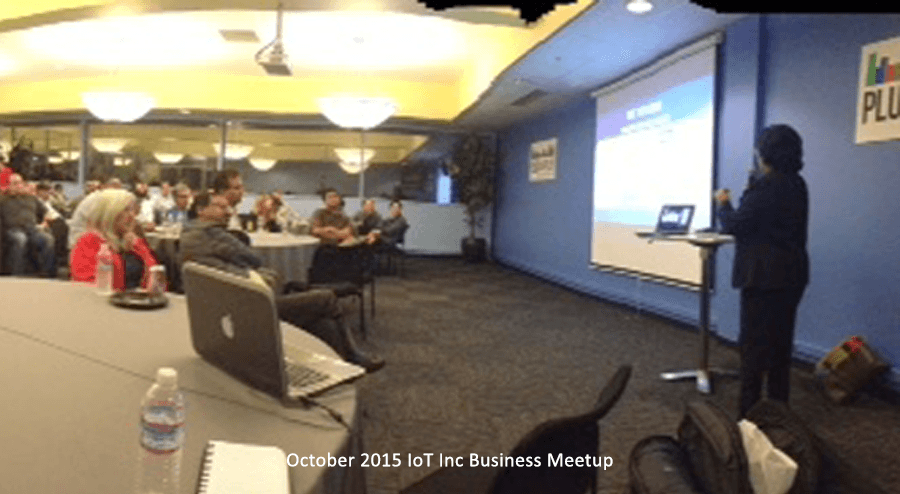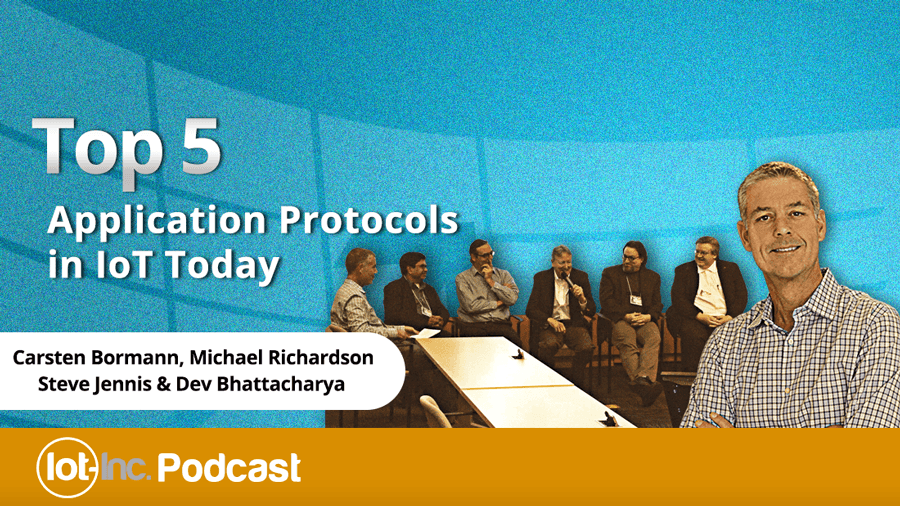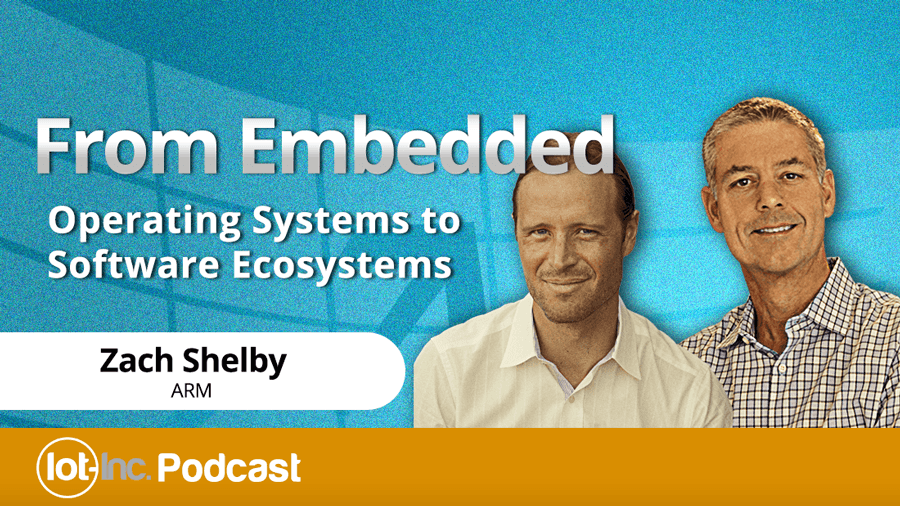11 Feb Programming Constrained IoT Devices
Creating the local intelligence for an Internet of Things product requires special programming skills and knowhow to work within constrained environments. Environments possibly constrained by computing, networking, memory, power or all of the above. The effort to reduce manufacturing costs produces these constraints but sometimes the biggest costs are the ones you didn’t plan for.
Watch this video (or read the transcript) to see Peter Hoddie share his deep experience in programming constrained devices and the (business) issues to consider when planning development ...
